Ethereum and other blockchains are producing the best possible solutions. Ethereum played a critical part in the development of Decentralised Finance’s backbone, and as a result, it has a strong position in the market. But there are new kids on the block now, Solana and Matic. Let’s try to understand what they have to offer.
What is Matic?
First, let us understand what Matic is. Polygon, also called the Matic network, is known as the internet of Blockchain on Ethereum. Polygon’s primary goal is to make the multichain Ethereum ecosystem simpler. The network has been made compliant with all Ethereum infrastructure, both current and future. Polygon is also calibrated to allow for interchange with layer-2 solutions, being the most efficient in terms of transactions.
1. Consensus Mechanism
Polygon creates the fast Blockchain and connects it to the main Ethereum using a blend of technologies. Polygon creates a new Matic and secures the network using a different consensus process known as PoS (Proof of Stake). It indicates that staking is the only method to make money on Matic.
Validators are in charge of validating and adding transactions to the Blockchain. Validators receive the cut and a new MATIC in exchange. To be the validator, you must run a full-time server, with the danger of losing Matic if an error occurs. You risk losing some of your staked MATIC if you make a mistake.
2. Stateful Architecture
Polygon is a critical part and tool for merging into the modern, global society and economy. The sidechain works on the same principle as other POS blockchains. The only distinction is that the markets are grouped on the main chain of Ethereum. Matic is a Polygon Blockchain resource utilized for trading.
What is Solana?
Solana is designed to power applications that are both robust and user-friendly. With over 400 Defi, Web3, and NFTs, Solana is the most efficient and fastest ecosystem running on decentralized blockchains. The genuine feedback for Solana is the happy faces of blockchain development service providers. Efficiency and agility are at the heart of its success.
1. Consensus Mechanism
This Blockchain employs a series of algorithms to establish a way of determining the time between two occurrences. It predicts the result using a cryptographic secure function. Solana is based on an integrated consensus of Proof of Stake and Proof of History, rather than Proof of Work. It can initially process 50k transactions per second.
2. Stateful Architecture
The Solana cluster is a set of auditors who collaborate to serve client transactions and keep the ledger up to date, regarded as the heart of the architecture. The cluster leader’s role rotates among all validators. Using the Proof of History technique, the cluster leader bundles and system logs the incoming transaction. Solana is stateless, which means that every transaction does not necessitate the complete state to be updated. The stateless architecture makes solana extremely expandable.
Solana and Polygon are the new kids on the block, and they’re trying to make a compelling case for employing NFT devs with the same set of skills, despite their explosive growth. It’s difficult to establish who will win in the long run, but ETH has been around for a long time.







